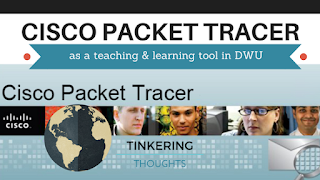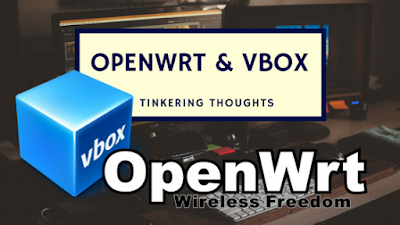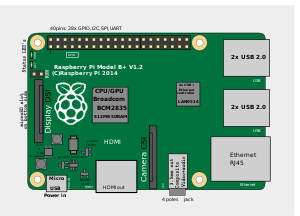A recent alert released at the end of August by the Australian Government's
Stay Smart Online reported 12.5 million Australian email accounts were leaked online. The email addresses of 711 million people have been published online, and include those of 12.5 million Australians.
The personal data has been dumped on a server called Onliner
Spambot, which since 2016 has been used to spread malware to steal
banking details, and infect people’s computers so they send out viruses
and spam (unwanted emails).
The full report can be read
here. The article on this site also suggest necessary steps that can be taken should one find out if there email address has been leaked.
How to find out if your email is leaked
The report also suggested that if you want to find out whether your email has been leaked or not you can check out this site
HAVEIBEENPAWNED.
Since I use several email addresses I was keen to find out. I have three different GMAIL accounts so I fed each of the address one by one into the Pawned site.
I was surprised to find out that one of my gmail address was pawned on 1 breached site.
The breached site happened to be Edmodo (an education platform) which
was hacked in May 2017 resulting in the exposure of 77 million records
comprised of over 43 million unique customer email address.
I had to change my password immediately.
It appears LinkedIn is among the sites who's security has been compromised.
What do I do after I find that my email is leaked?
This same
report lists some very important steps that need to be taken should your email happen to be leaked, ways to protect yourself and what to do if your identity is stolen.











